1. The Apex Predator: American Crocodiles
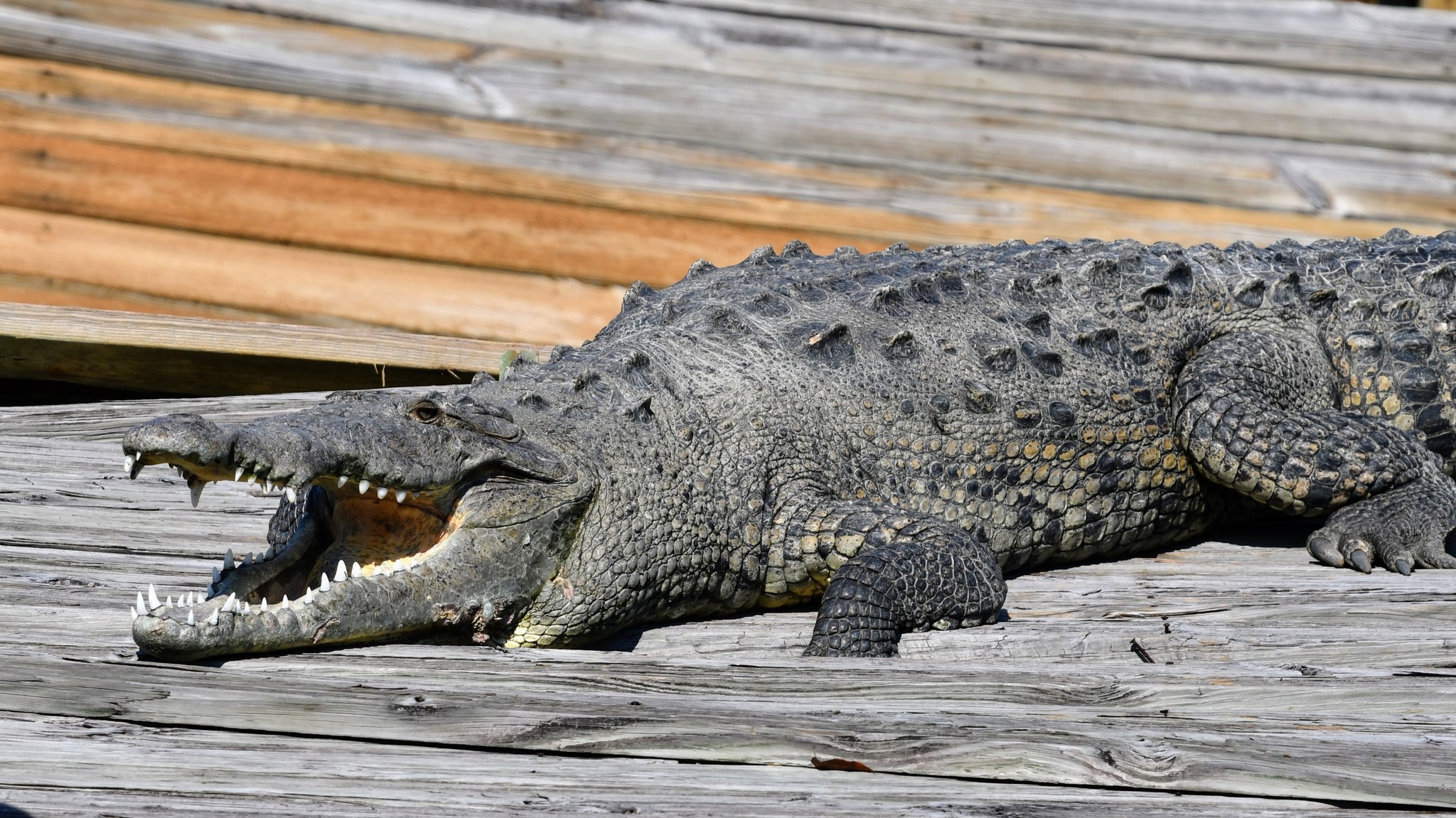 Imagine lounging on the pristine shores of Jamaica, only to be confronted by the terrifying sight of a massive reptilian creature emerging from the murky waters. This is the American crocodile, an apex predator that commands respect and caution. With the ability to grow up to an astounding 6 meters (19.5 feet) in length and weigh a staggering 2,000 pounds, these formidable beasts are undoubtedly the largest and most fearsome reptiles inhabiting the island nation.
Imagine lounging on the pristine shores of Jamaica, only to be confronted by the terrifying sight of a massive reptilian creature emerging from the murky waters. This is the American crocodile, an apex predator that commands respect and caution. With the ability to grow up to an astounding 6 meters (19.5 feet) in length and weigh a staggering 2,000 pounds, these formidable beasts are undoubtedly the largest and most fearsome reptiles inhabiting the island nation.
While their sheer size alone is enough to instill fear, American crocodiles are renowned for their remarkable camouflage abilities, blending seamlessly into their surroundings. Their primary habitats are the brackish waters of river mouths, mangrove swamps, and wetlands, where they lie in wait for their unsuspecting prey. Despite their fearsome reputation, instances of human attacks are relatively rare, though not unheard of, with a recent fatality reported in 2018.
A Reptilian Masterpiece of Evolution
- Powerful Jaws: Equipped with sharp, conical teeth that can effortlessly tear through flesh, the American crocodile’s jaws are a testament to its predatory prowess.
- Stealth Hunters: Their ability to remain motionless for extended periods, coupled with their exceptional camouflage, makes them formidable ambush predators.
- Aquatic Agility: With their streamlined bodies and powerful tails, these reptiles are adept swimmers, capable of bursting into action with incredible speed and agility.
Geographical Distribution and Conservation Efforts
While the American crocodile’s range extends across the Caribbean and parts of Central and South America, Jamaica harbors a significant population, primarily concentrated along the Black River basin and the southern coastline. Conservation efforts are underway to protect these ancient reptiles, which are classified as “Vulnerable” on the IUCN Red List due to habitat loss and hunting.
2. The Ocean’s Silent Stalkers: Sharks
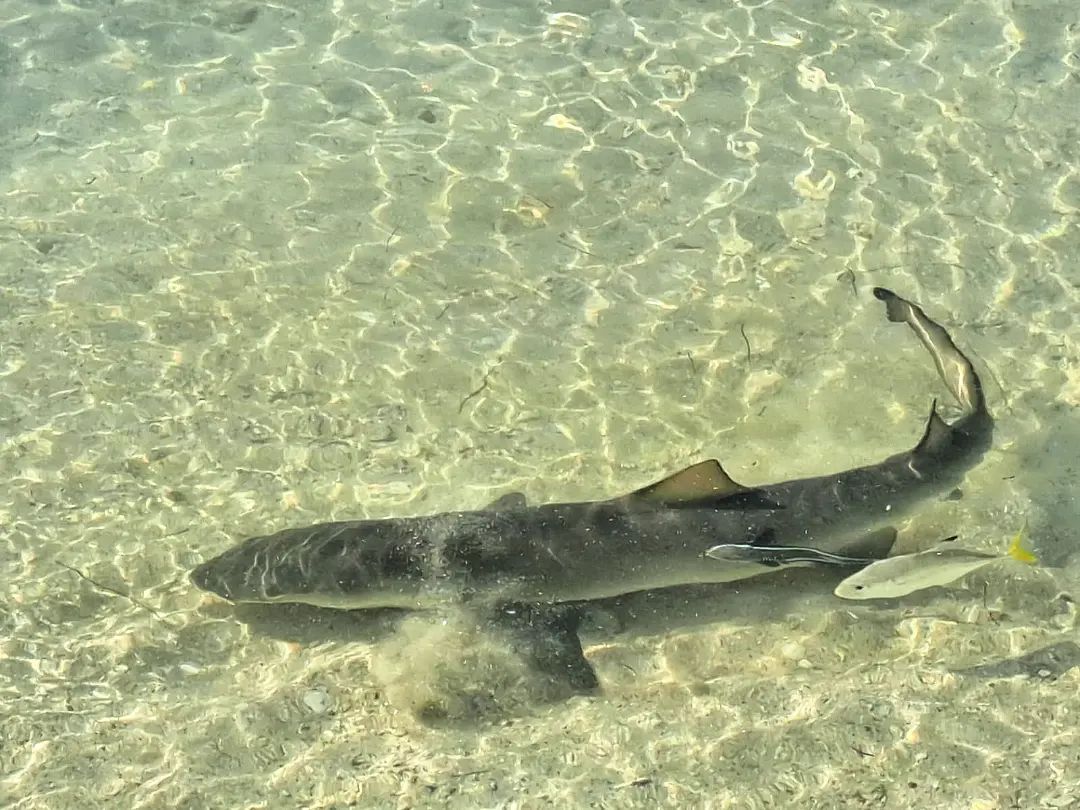
As you venture into the warm, inviting waters of the Caribbean Sea surrounding Jamaica, an unseen danger lurks beneath the surface – sharks. While shark attacks are exceedingly rare, the mere mention of these apex predators is enough to send shivers down the spine of even the most seasoned swimmer or diver.
The Fearsome Trio: Bull, Tiger, and Reef Sharks
- Bull Sharks: Known for their aggressive nature and ability to thrive in both saltwater and freshwater environments, bull sharks are a formidable presence in Jamaican waters.
- Tiger Sharks: With their distinctive striped patterns and massive size (up to 4.5 meters or nearly 15 feet), tiger sharks are notorious for their indiscriminate hunting habits and powerful jaws.
- Reef Sharks: While typically less aggressive than their larger counterparts, reef sharks should not be underestimated, as they can grow up to 5 feet in length and are known to frequent shallow coastal waters.
A Rare but Deadly Encounter
Despite the inherent danger posed by these apex predators, shark attacks in Jamaica are incredibly rare, with only 24 documented incidents since 1827. However, their presence serves as a sobering reminder of the need for caution and respect when exploring the island’s marine environments.
Venomous Denizens of the Deep: Scorpionfish and Lionfish
Beneath the crystal-clear waters of Jamaica’s coral reefs, a menacing duo lurks, striking fear into the hearts of divers and snorkelers alike. The scorpionfish and its close cousin, the lionfish, are among the most venomous fish in the world, capable of delivering a potent and potentially deadly sting.
3. The Scorpionfish: A Master of Deception
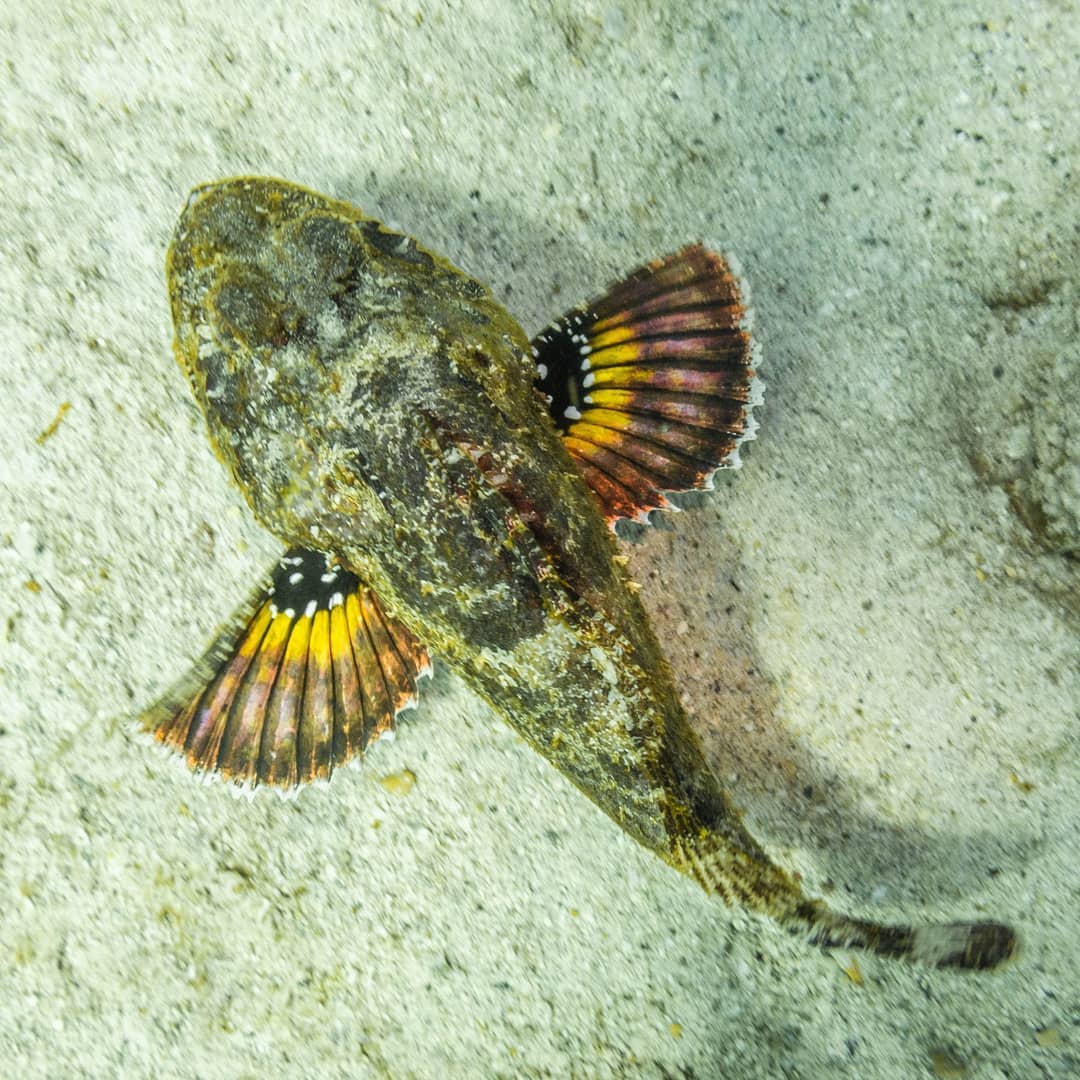 With its mottled pinkish-grey appearance and remarkable ability to blend seamlessly into the coral reefs, the scorpionfish is a true master of camouflage. Its dorsal fin is armed with venomous spines, capable of inflicting excruciating pain, swelling, bleeding, and even respiratory distress upon unsuspecting divers or swimmers who accidentally step on these well-concealed predators.
With its mottled pinkish-grey appearance and remarkable ability to blend seamlessly into the coral reefs, the scorpionfish is a true master of camouflage. Its dorsal fin is armed with venomous spines, capable of inflicting excruciating pain, swelling, bleeding, and even respiratory distress upon unsuspecting divers or swimmers who accidentally step on these well-concealed predators.
4. The Lionfish: A Striking Beauty with a Deadly Sting
 Adorned with striking stripes and mesmerizing fronds, the lionfish is a captivating sight to behold. However, this invasive species packs a potent punch, with its dorsal fins capable of injecting a venom strong enough to incapacitate marine predators and cause severe pain, nausea, vomiting, and respiratory problems in humans.
Adorned with striking stripes and mesmerizing fronds, the lionfish is a captivating sight to behold. However, this invasive species packs a potent punch, with its dorsal fins capable of injecting a venom strong enough to incapacitate marine predators and cause severe pain, nausea, vomiting, and respiratory problems in humans.
5. Spiny Sentinels of the Seabed: Sea Urchins
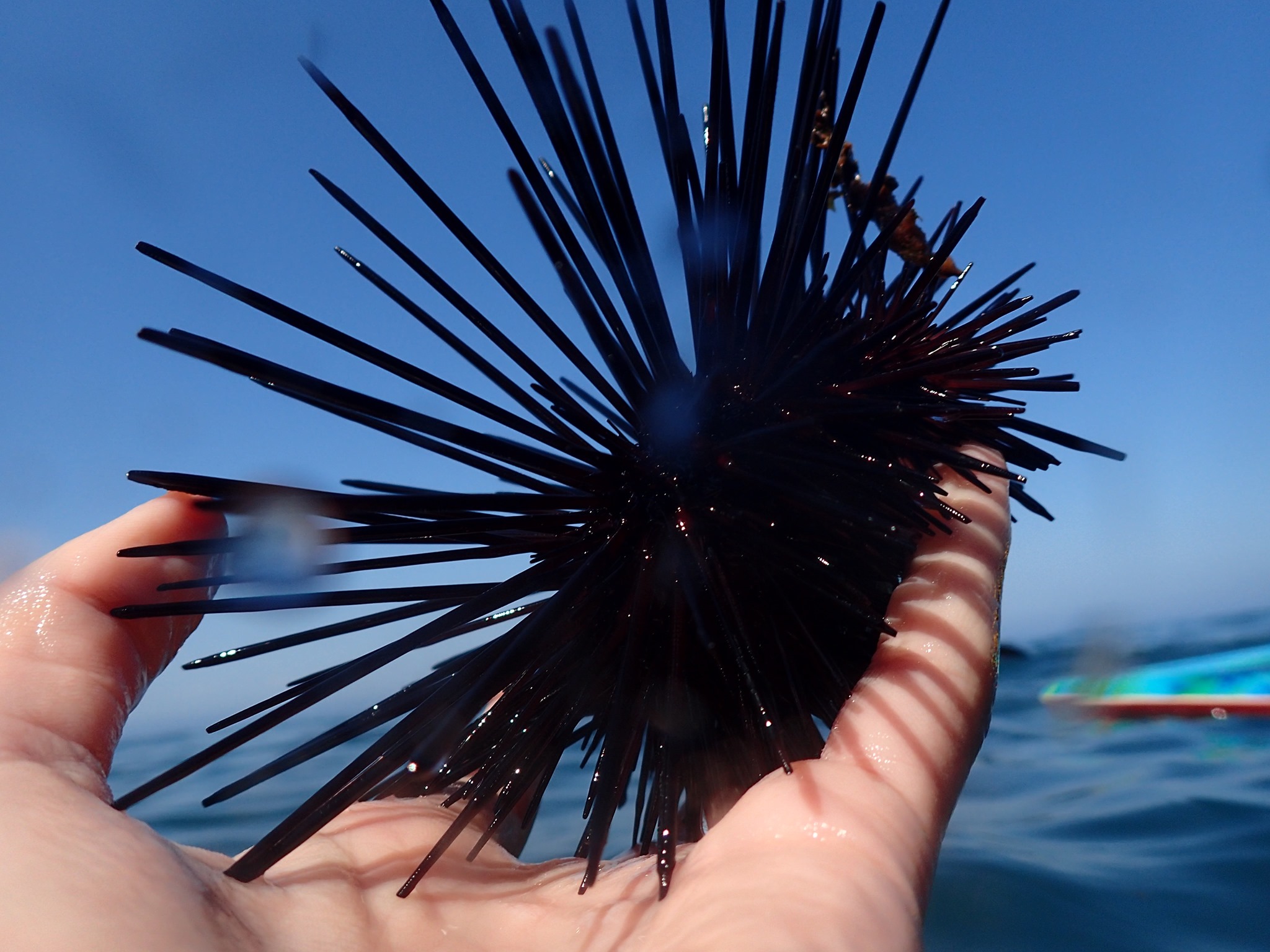 Seemingly innocuous, the unassuming sea urchin may not strike fear into the hearts of beachgoers at first glance. However, these spiny creatures, which cling tenaciously to rocks and coral reefs, harbor a hidden danger that should not be underestimated.
Seemingly innocuous, the unassuming sea urchin may not strike fear into the hearts of beachgoers at first glance. However, these spiny creatures, which cling tenaciously to rocks and coral reefs, harbor a hidden danger that should not be underestimated.
While sea urchins are entirely non-aggressive and will never actively attack humans, their brittle spines can puncture the skin upon accidental contact, leaving behind fragments that release toxins capable of causing infection and blood poisoning. In rare cases, severe allergic reactions or respiratory distress may occur, necessitating immediate medical attention.
A Prickly Predicament
- Camouflage Experts: Sea urchins’ dark brown or black coloration allows them to blend seamlessly into their rocky surroundings, increasing the risk of accidental encounters.
- Venomous Spines: While the severity of a sea urchin sting varies by species, most found in Jamaican waters can cause pain, swelling, redness, and irritation at the injury site.
- Underwater Hazards: Divers and snorkelers must exercise extreme caution when exploring coral reefs, as sea urchins often lurk in crevices and overhangs, waiting to ensnare the unwary.
6. The Elusive Arachnid Menace: Recluse Spider
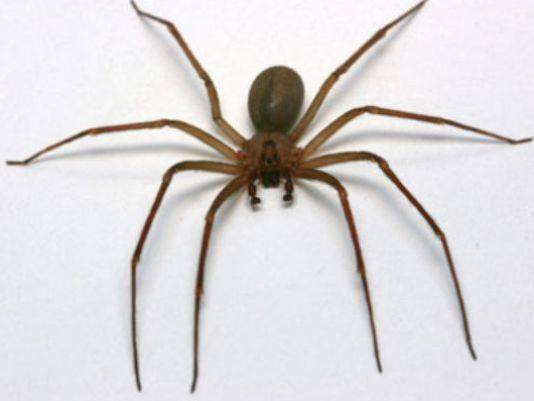 As you explore the lush landscapes of Jamaica, a silent threat lurks in the shadows – venomous spiders. Among the island’s arachnid inhabitants, the recluse spider stand out as the most formidable and potentially dangerous.
As you explore the lush landscapes of Jamaica, a silent threat lurks in the shadows – venomous spiders. Among the island’s arachnid inhabitants, the recluse spider stand out as the most formidable and potentially dangerous.
The Recluse Spider: A Bite with Devastating Consequences
True to its name, the recluse spider prefers solitude, residing in quiet, dark corners, seldom-worn clothes, and storage boxes. While timid by nature, this spider’s bite packs a potent hemotoxic venom that can cause soft tissue death, leading to severe complications if left untreated.
7. The Centipede Menace: Fortyleg
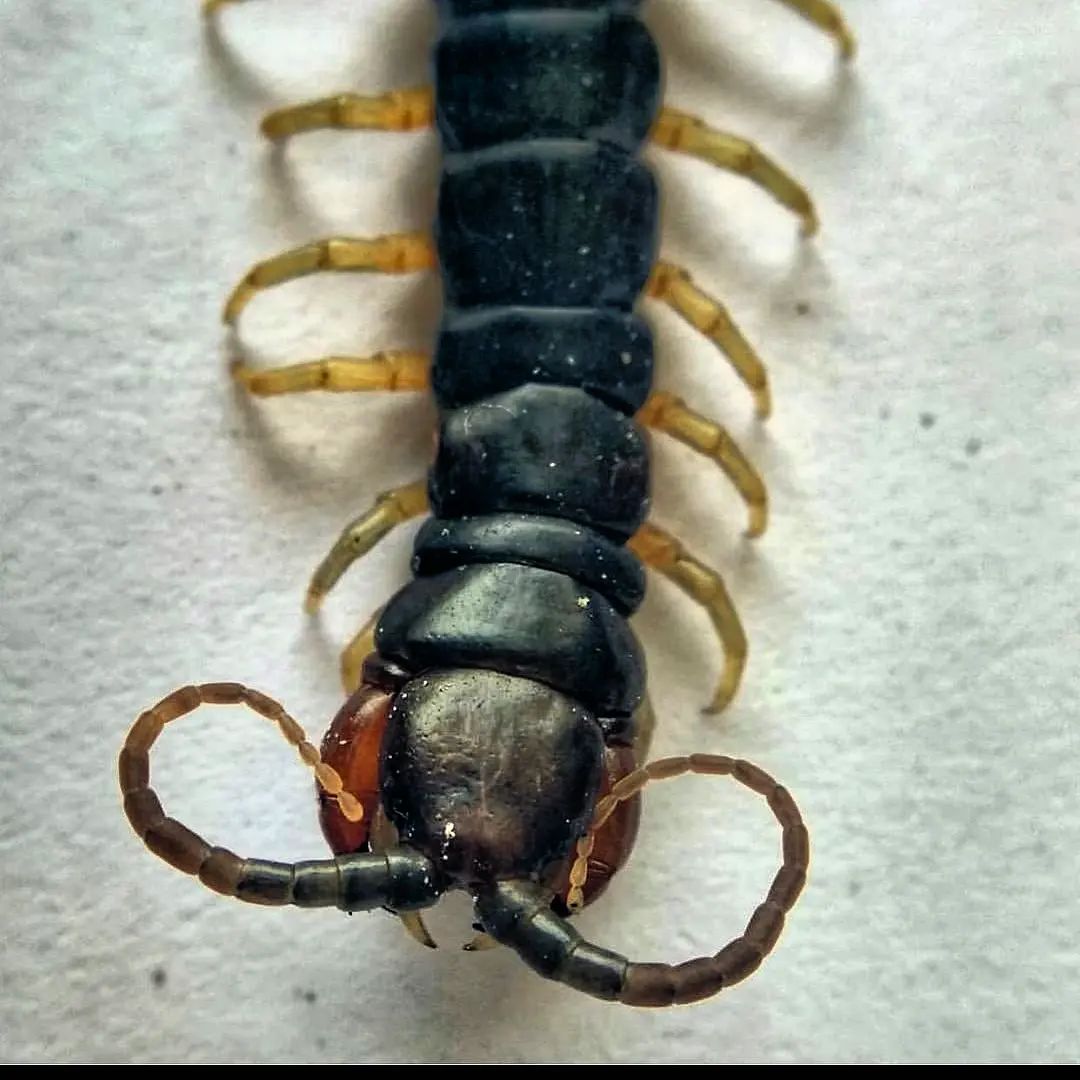 As you venture into the lush jungles and waterfalls of Jamaica, a formidable predator lurks, waiting to strike with its venomous bite. Scolopendra gigantea, locally known as the “The Fortyleg,” is the largest centipede species in the world, capable of growing up to a foot in length and delivering a potent venom that can cause excruciating pain and potentially life-threatening reactions.
As you venture into the lush jungles and waterfalls of Jamaica, a formidable predator lurks, waiting to strike with its venomous bite. Scolopendra gigantea, locally known as the “The Fortyleg,” is the largest centipede species in the world, capable of growing up to a foot in length and delivering a potent venom that can cause excruciating pain and potentially life-threatening reactions.
A Carnivorous Juggernaut
- Predatory Prowess: With its powerful claw-like appendages and venomous bite, the Fortyleg is a formidable hunter, capable of overpowering prey ranging from insects and scorpions to frogs, lizards, and even small rodents.
- Potent Venom: While rarely fatal to humans, the Fortyleg’s venom can induce a range of unpleasant symptoms, including pain, swelling, chills, fever, and excessive sweating.
- Elusive Habitat: These centipedes thrive in the jungles and waterfalls of Jamaica, making them a potential hazard for hikers and adventurers exploring these lush environments.
8. The Tusked Threat: Wild Boars
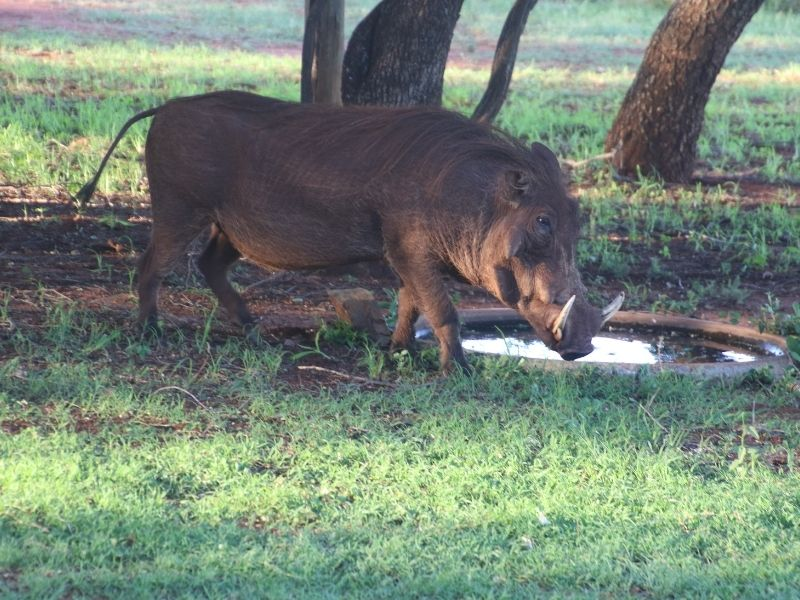 As you venture into the rugged mountain ranges of St. Thomas and Portland, you may encounter a hairy, squealing creature with long, curved tusks – the wild boar. While these animals may appear fearsome, their tusks are primarily used for rooting around the forest floor in search of roots and tubers, rarely for attacking or fighting.
As you venture into the rugged mountain ranges of St. Thomas and Portland, you may encounter a hairy, squealing creature with long, curved tusks – the wild boar. While these animals may appear fearsome, their tusks are primarily used for rooting around the forest floor in search of roots and tubers, rarely for attacking or fighting.
However, when provoked, cornered, or injured, wild boars can become formidable adversaries, capable of inflicting severe injuries with their powerful tusks. Hunters, in particular, should exercise extreme caution when pursuing these animals, as they are known to defend themselves fiercely when threatened.
A Formidable Foe
- Powerful Tusks: While primarily used for foraging, the wild boar’s long, curved tusks can inflict massive injuries, causing significant blood loss and potentially fatal wounds.
- Elusive Nature: Wild boars have learned to be wary of humans, often fleeing at the first sign of disturbance, making encounters relatively rare but still possible.
- Defensive Instincts: When cornered or provoked, these animals will not hesitate to defend themselves, making it crucial to maintain a respectful distance and avoid confrontations.
9. Jellyfish: The Stealthy Stingers of the Sea
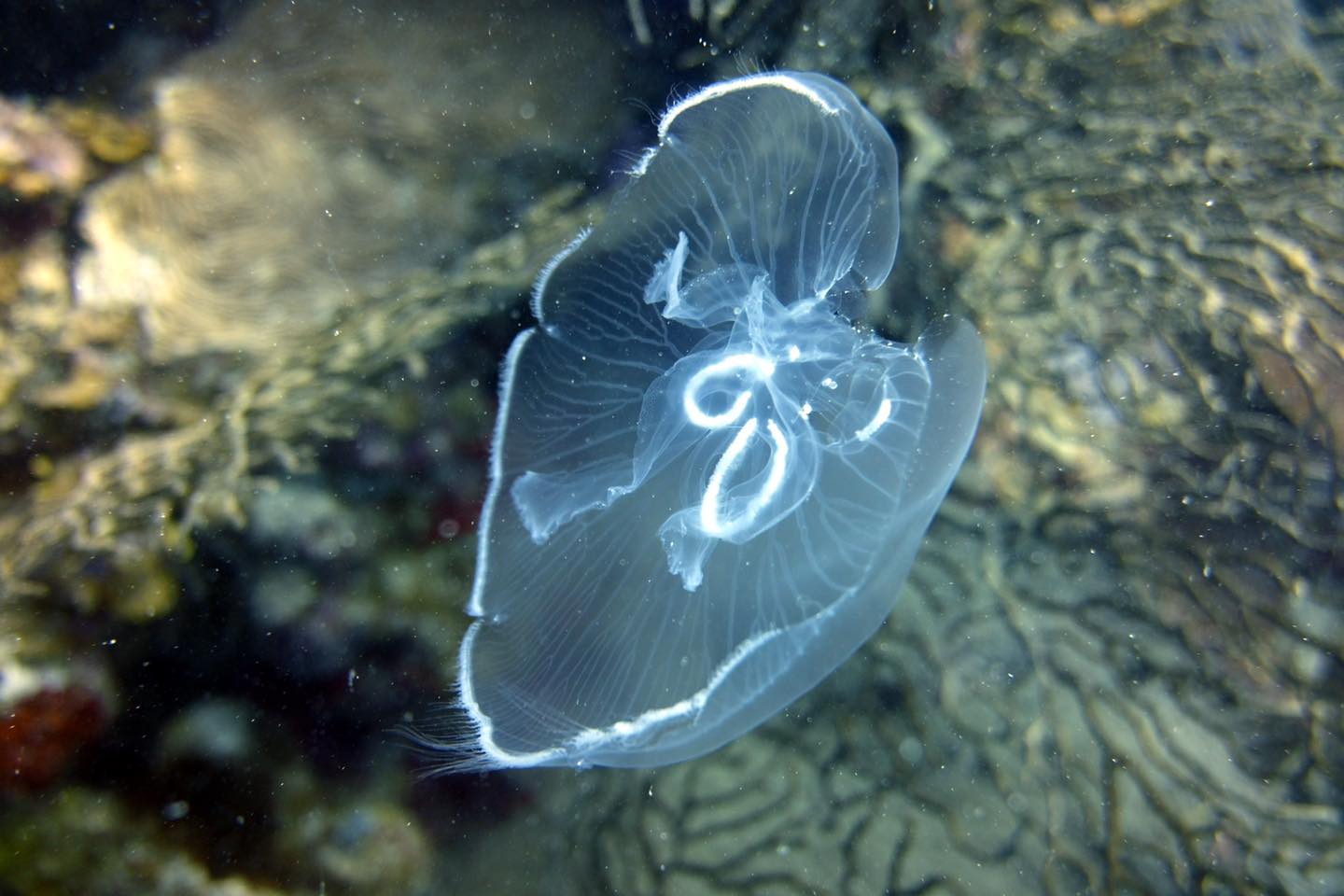 While many beachgoers may be wary of the more obvious threats lurking in the waters surrounding Jamaica, such as sharks and crocodiles, a seemingly innocuous creature often goes overlooked – the jellyfish. These translucent, free-floating creatures may appear harmless, but their tentacles are armed with microscopic barbs capable of delivering a potent sting that can result in severe burning, whole-body illness, and even death in rare cases.
While many beachgoers may be wary of the more obvious threats lurking in the waters surrounding Jamaica, such as sharks and crocodiles, a seemingly innocuous creature often goes overlooked – the jellyfish. These translucent, free-floating creatures may appear harmless, but their tentacles are armed with microscopic barbs capable of delivering a potent sting that can result in severe burning, whole-body illness, and even death in rare cases.
A Silent Menace
- Invisible Danger: Jellyfish are often difficult to spot, blending seamlessly into the ocean’s depths, making accidental encounters a real possibility.
- Potent Venom: Each microscopic barb on a jellyfish’s tentacles releases a venom that can cause intense pain, swelling, and potentially life-threatening reactions in those with severe allergies.
- Widespread Distribution: These stealthy stingers can be found in warm, cold, and deep waters surrounding Jamaica, making it essential to exercise caution when swimming or diving in unfamiliar areas.
10. The Misunderstood Menace: Pit Bull Dogs
 While not typically considered a “wild” animal, pit bull dogs have garnered a reputation as a dangerous breed in Jamaica. Despite being beloved pets to many, these muscular canines have been involved in a number of attacks on owners and strangers alike, prompting authorities to educate the public on proper handling and urging vigilance in areas where they are known to reside.
While not typically considered a “wild” animal, pit bull dogs have garnered a reputation as a dangerous breed in Jamaica. Despite being beloved pets to many, these muscular canines have been involved in a number of attacks on owners and strangers alike, prompting authorities to educate the public on proper handling and urging vigilance in areas where they are known to reside.
A Controversial Canine
- Powerful Build: Pit bulls are muscular and stocky, with a powerful bite force that can inflict severe injuries if provoked or improperly trained.
- Stigma and Misconceptions: Despite their reputation, many experts argue that pit bulls are not inherently aggressive and that their behavior is largely influenced by their upbringing and training.
- Responsible Ownership: Proper socialization, training, and responsible ownership are crucial in minimizing the risk of incidents involving pit bulls, as with any breed of dog.
Conclusion
Jamaica is a paradise of natural wonders, boasting a diverse array of flora and fauna that captivates the senses and ignites the imagination. However, as with any destination teeming with wildlife(animals and insects), it is crucial to approach nature with respect and caution.
From the formidable American crocodiles that patrol the island’s waterways to the venomous scorpionfish and lionfish that lurk beneath the coral reefs, Jamaica’s fauna demands reverence and vigilance. By understanding the potential dangers posed by these creatures and taking appropriate precautions, visitors can fully immerse themselves in the island’s breathtaking landscapes and marine environments without compromising their safety.
Remember, the key to a truly unforgettable Jamaican adventure lies in striking a balance between embracing the wonders of nature and exercising prudence. Seek guidance from local experts, heed warning signs, and above all, maintain a respectful distance from these magnificent creatures in their natural habitats.
By doing so, you can create lasting memories that celebrate the beauty and diversity of Jamaica’s wildlife while ensuring a safe and responsible exploration of this Caribbean paradise.
For recommendations on some of the best times to visit Jamaica, you can check out our guide here.
—
If you’re traveling to Jamaica alone, ensure you take all the necessary measures to keep safe. Read about how you can stay safe while visiting Jamaica. If you decide to visit any resort, be sure to tag us in your photos and videos @resortcaribbean, and follow our socials: Instagram, Facebook, YouTube.







![What You Need to Know before Visiting Azul Beach Resort Negril Jamaica Gourmet All-Inclusive [Resort Review] Azul Beach Resort Pool](https://resortcaribbean.co/wp-content/uploads/2021/09/20210828_091210-2-100x70.jpg)
![Visiting Ocean Coral Spring – One of Jamaica’s Most Famous Resorts [Resort Review] Visiting Ocean Coral Spring - One of Jamaica's Most Famous Resorts](https://resortcaribbean.co/wp-content/uploads/2021/11/20211106_155809-scaled-e1716408051807-100x70.jpg)